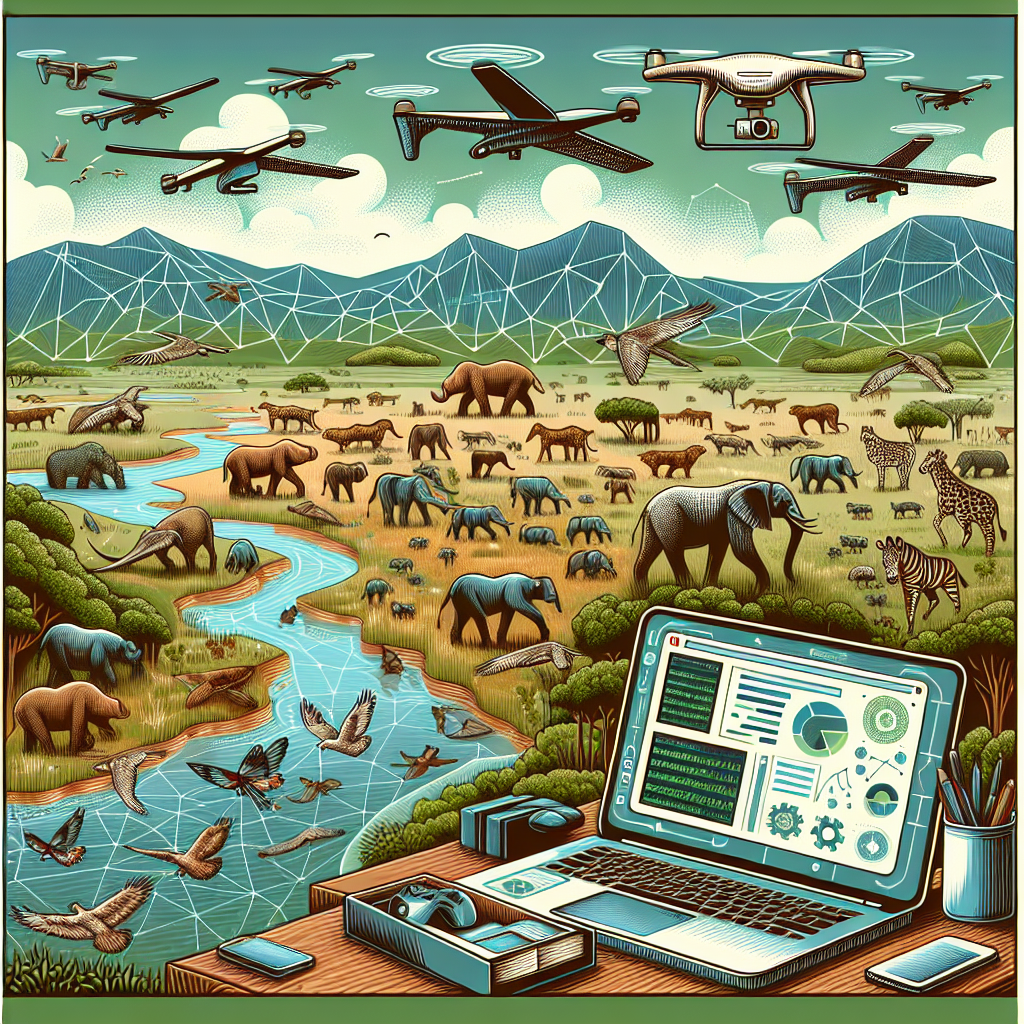The illegal wildlife trade is a multi-billion dollar industry that poses a significant threat to the world’s biodiversity. One of the main drivers of this trade is the demand for exotic pets, traditional medicines, and luxury goods made from endangered species. In order to combat this illicit activity, governments and conservation organizations have been utilizing various strategies, including the integration of artificial intelligence (AI) technology.
AI is revolutionizing the way we approach wildlife conservation and anti-trafficking efforts. By leveraging machine learning algorithms and big data analysis, AI can help identify patterns and trends in illegal wildlife trade, track down poachers and traffickers, and predict potential hotspots for illegal activities. This technology has the potential to significantly enhance the effectiveness of anti-trafficking efforts and help protect endangered species from extinction.
One of the key roles of AI integration in preventing wildlife trafficking is in the monitoring and surveillance of protected areas. AI-powered drones and cameras can be used to patrol remote and inaccessible areas, providing real-time data on wildlife populations and potential threats. By analyzing this data, conservationists can identify suspicious activities, such as poaching or illegal logging, and take immediate action to stop them.
Another important application of AI in wildlife trafficking prevention is in the identification and tracking of endangered species. AI algorithms can analyze images and videos of wildlife to identify individual animals, track their movements, and monitor their populations. This information can be used to create databases of endangered species, track their populations over time, and identify potential threats to their survival.
In addition to monitoring and surveillance, AI can also be used to disrupt the supply chain of illegal wildlife trade. By analyzing data from social media, e-commerce platforms, and other online channels, AI algorithms can identify illegal wildlife products being sold and track down the sellers and buyers. This information can then be used to target and dismantle the criminal networks involved in wildlife trafficking.
Overall, the integration of AI technology in anti-trafficking efforts has the potential to revolutionize the way we approach wildlife conservation. By leveraging the power of machine learning and big data analysis, we can better understand the dynamics of illegal wildlife trade, target high-risk areas and individuals, and take proactive measures to protect endangered species from extinction.
FAQs:
Q: How does AI help in preventing wildlife trafficking?
A: AI technology can help in preventing wildlife trafficking by monitoring and surveillance of protected areas, identifying and tracking endangered species, and disrupting the supply chain of illegal wildlife trade.
Q: What are some examples of AI applications in wildlife trafficking prevention?
A: Some examples of AI applications in wildlife trafficking prevention include using drones and cameras for surveillance, analyzing images and videos of wildlife to track their movements, and monitoring online channels for illegal wildlife products.
Q: What are the benefits of AI integration in anti-trafficking efforts?
A: The benefits of AI integration in anti-trafficking efforts include enhanced monitoring and surveillance capabilities, improved data analysis and prediction of illegal activities, and the ability to target and dismantle criminal networks involved in wildlife trafficking.
Q: How can individuals support AI integration in preventing wildlife trafficking?
A: Individuals can support AI integration in preventing wildlife trafficking by raising awareness about the issue, supporting conservation organizations that use AI technology, and advocating for stronger laws and regulations to combat illegal wildlife trade.

